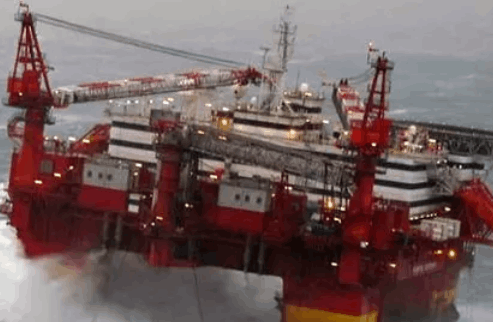
LFSMS aims in covering educational and research activities of the School of Naval Architecture and Marine Engineering, NTUA, in the fields of analysis and design of marine structures, among with the analysis and optimal design of mooring systems and slender marine structures with applications to:
- Offshore structures for the exploration, production and storage of hydrocarbons in the marine environment (Semi-submersibles, TLP’s, Articulated Towers, Interconnected structures, Spar Buoys, etc.)
- Mooring Systems for offshore applications
- Slender Marine Structures and flow lines for the transportation of oil and gas
- Marine structures for the environmental protection (e.g. floating or submerged wave breakers, floating booms for the oil spill protection, etc.)
- Aquacultures in the open sea (e.g. fishing cages’ design, mooring systems, etc.), touristic infrastructures (e.g. floating marinas, ports, etc.)
- Systems for the offshore wind and wave exploitation (wave energy converters: design and efficiency assessment; floating wind turbines and wind parks; design of multi-purpose floating structures for wind and wave energy sources exploitation)